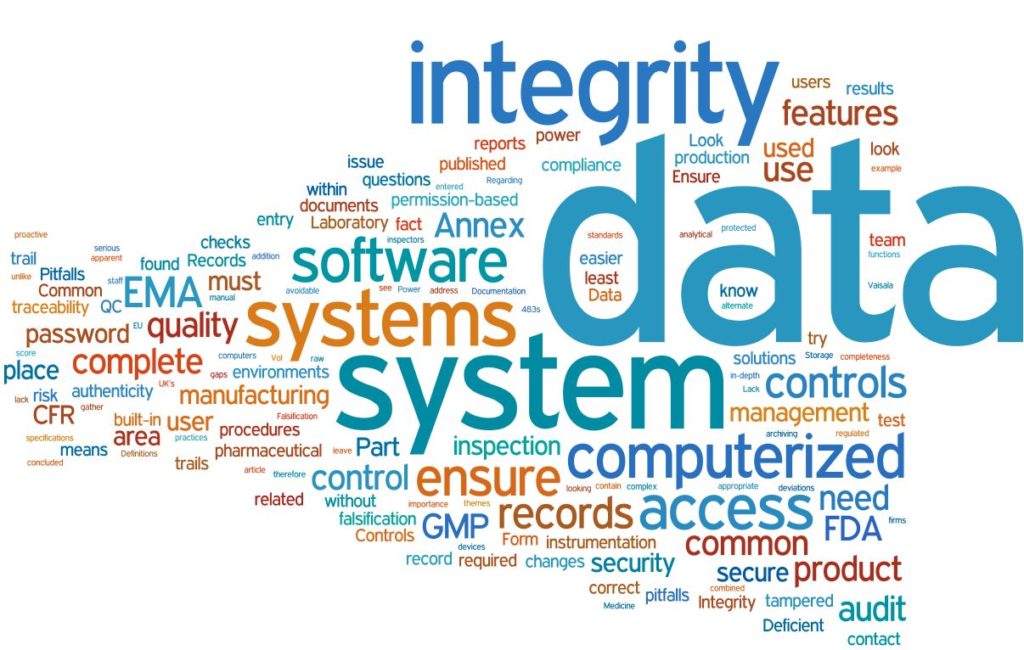Data Validation vs Data Integrity
Summary: Difference Between Data Validation and Data Integrity is that Validation is the process of comparing data with a set of rules or values to find out if the data is correct. Many programs perform a validity check that analyzes data, either as you enter it or after you enter it, to help ensure that it is correct. While most organizations realize that data is one of their more valuable assets, because data is used to generate information. Many business transactions take less time when employees have instant access to information. To ensure that data is accessible on demand, an organization must manage and protect its data just as it would any other resource. Thus, it is vital that the data has integrity and is kept secure.

Data Validation
Validation is the process of comparing data with a set of rules or values to find out if the data is correct. Many programs perform a validity check that analyzes data, either as you enter it or after you enter it, to help ensure that it is correct. For instance, when an admissions department clerk adds or modifies data in a student record, the DBMS tests the entered data.
With a per credit hour fee, you would expect to see numbers before and after a decimal point. For example, a valid per credit hour fee is 220.25. An entry of 2DW.8I clearly is not correct. If the entered data fails a validity check, the computer either should not allow the invalid data to be entered, or it should display an error message that instructs the user to enter the data again. Validity checks reduce data entry errors.
Various types of validity checks include alphabetic checks, numeric checks, range checks, consistency checks, and completeness checks. Check digits also validate data accuracy. The paragraphs on the next page describe the purpose of these validity checks.
Data Integrity
Most organizations realize that data is one of their more valuable assets, because data is used to generate information. Many business transactions take less time when employees have instant access to information. To ensure that data is accessible on demand, an organization must manage and protect its data just as it would any other resource. Thus, it is vital that the data has integrity and is kept secure.
For a computer to produce correct information, the data that is entered into a database must have integrity. Data integrity identifies the quality of the data. An erroneous student address in a student database is an example of incorrect data. When a database contains this type of error, it loses integrity. Data integrity is very important because computers and people use information to make decisions and take actions.
Garbage in, garbage out (GIGO) is a computing phrase that points out the accuracy of a computer’s output depends on the accuracy of the input. If you enter incorrect data into a computer (garbage in), the computer will produce incorrect information (garbage out).
Also Read:
Difference Between Data Integrity and Data Consistency
Difference Between Relational Database and Object Oriented Database
Difference Between Relational Database and Data Warehouse







Leave a Comment
You must be logged in to post a comment.